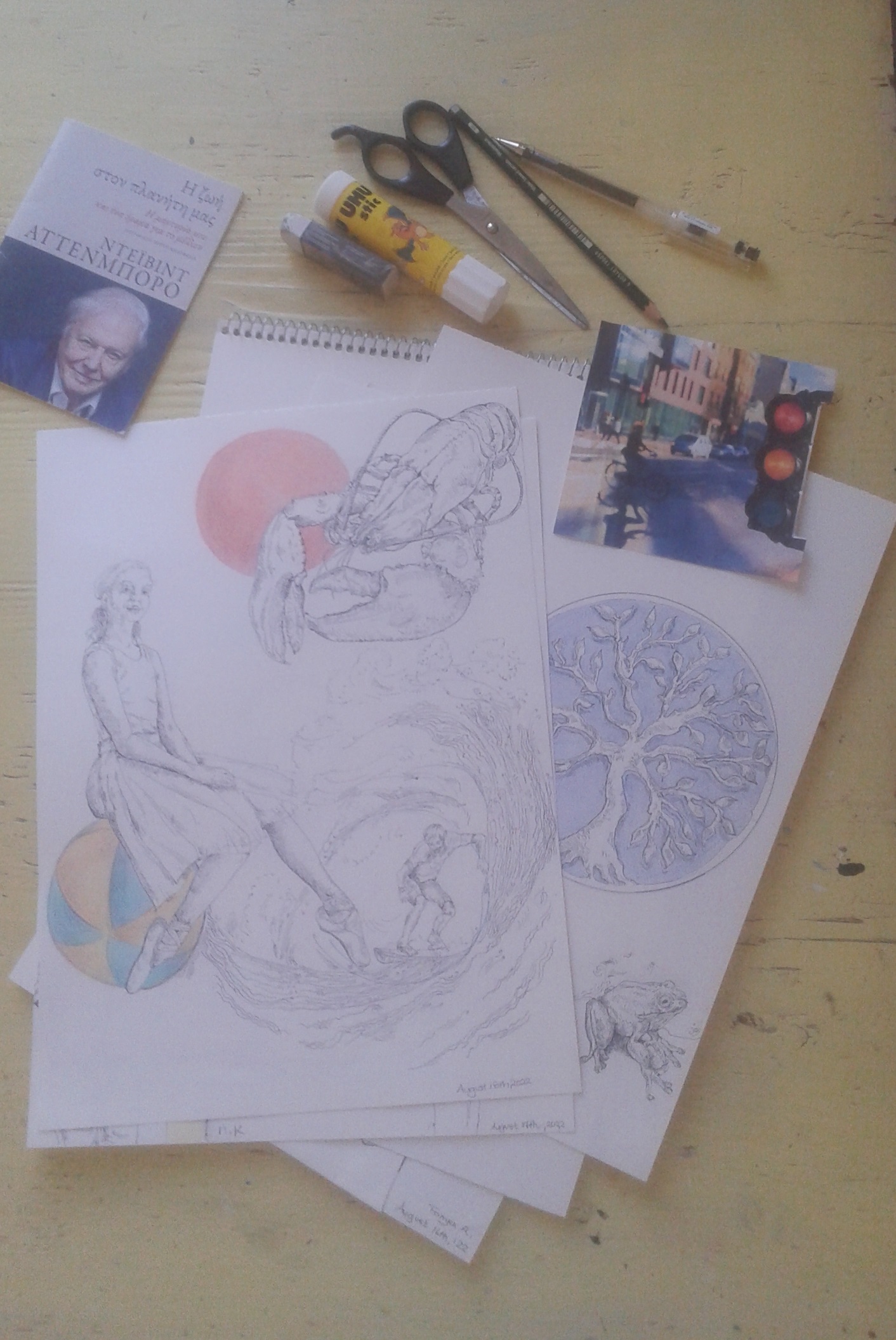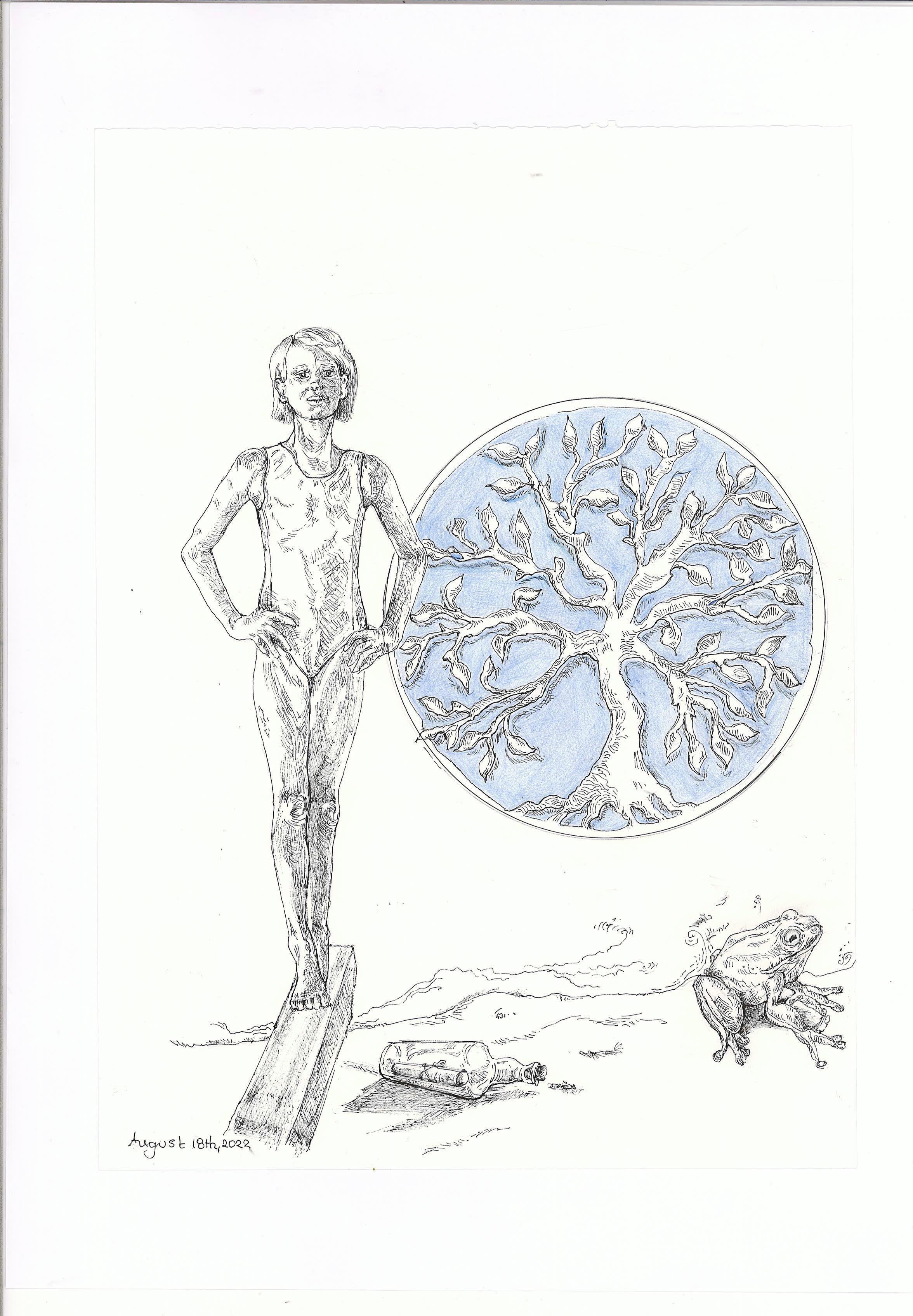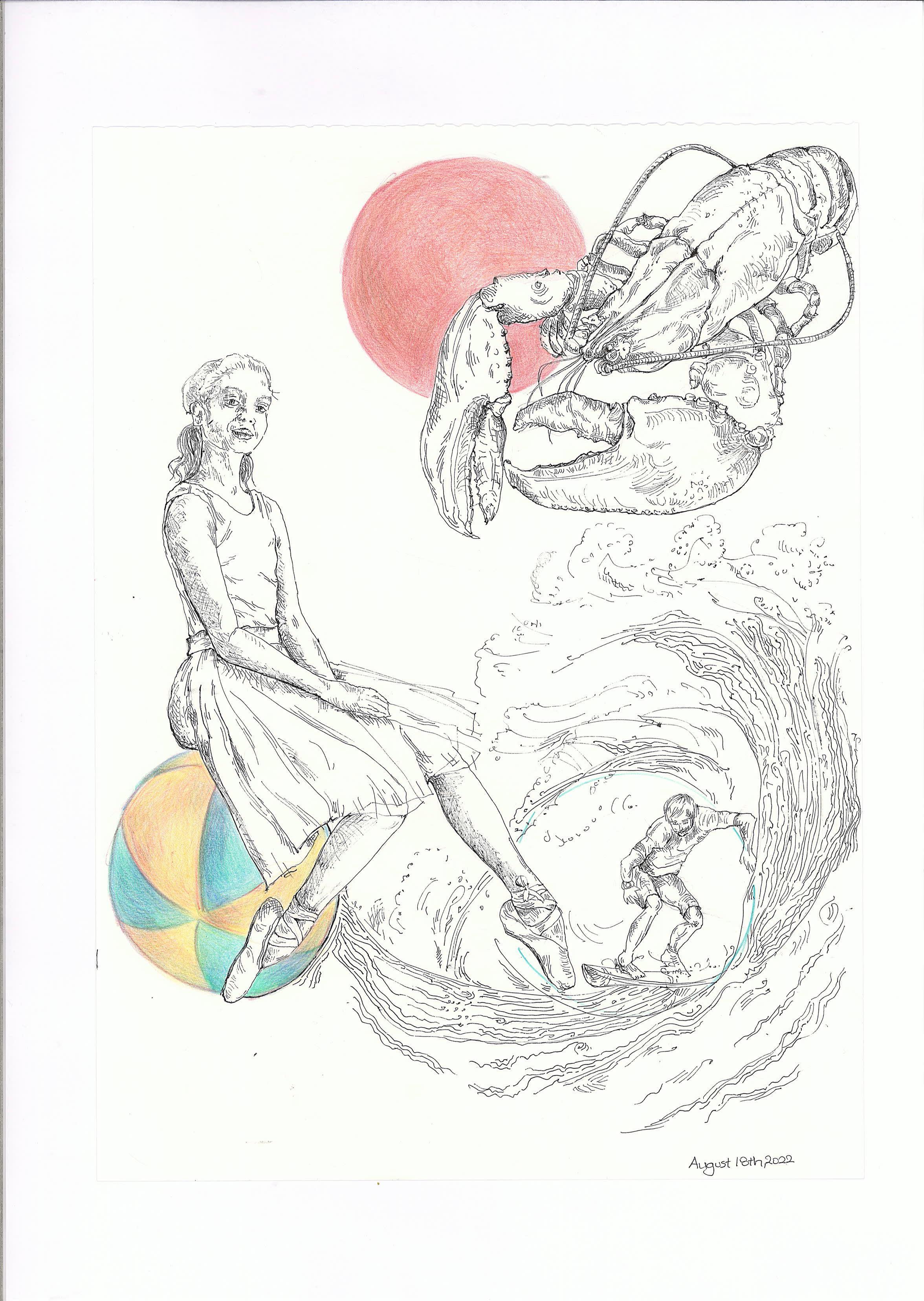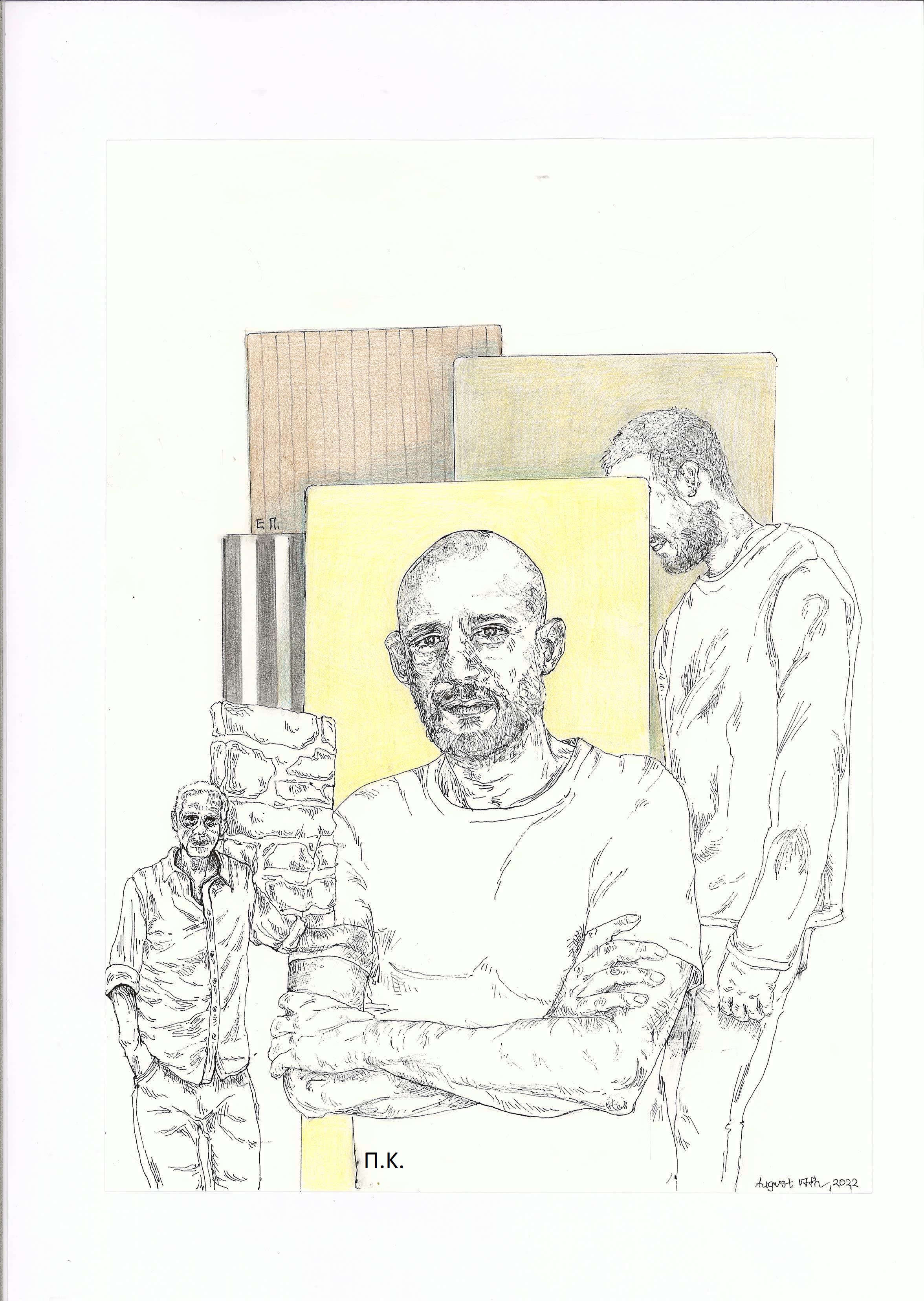Waves, art, freedom of speech, courage and stereotypes

“Surfers, because they’re exposed to the wild, have something that most of society has lost. Most of society is completely cut off from the wild, completely cut off from the natural world they live in. Climate controlled automobiles or houses or whatever they are… In this day and age where you have such fractured societies, who is there more prepared and more globalised and more integrated into the natural world and the global community than surfers?” Drew Kampion
“Courage doesn’t mean you don’t get afraid. Courage means you don’t let fear stop you. Courage, sacrifice, determination, commitment, toughness, heart, talent, guts. That’s what little girls are made of; the heck with sugar and spice.” Bethany Hamilton
“Keep in mind that grief doesn’t just dissolve. You will notice how grief arises in waves and gradually, with growing compassion, there comes more space around it. Let it take its time. The heart opens in its own season, and little by little, gaps of new life—breaks in the rain clouds—appear. The body relaxes and freer breaths appear. This is a natural cycle you can trust: how life—and the heart—renews itself. Like the spring after winter, it always does.” Jack Kornfield
“I am a democratic person and I believe in freedom of speech. Everyone can express themselves as they want. (Multiple) Views and opinions. It’s just so sad that there is so much envy and malice. Ultimately, I find once again that everyone ‘sees’ what is inside them.” Alkistis Protopsaltis



Today I’ll be sharing some of the drawings I’ve been making while working on a new painting. Paintings are a longer process, but usually there are more art ideas than I could ever paint. So, drawing, which is a faster process, allows me to capture more of what is in and on my mind. These drawings reflect some summer musings on the beach and in the sea, and also, my engaging with material on free speech and expression, which, if one really thinks about it, are the two fundamental rights that impact every other human right, and also, every area of our life from the cradle till the end. Furthermore, these rights safeguard and help build more open democratic societies rather than darker authoritarian regimes.
In relation to free speech and the right to free artistic expression Kenan Malik, an Observer columnist and author, writes: “It is in a plural society that free speech becomes particularly important. In such societies, it is both inevitable and, at times, important that people offend the sensibilities of others. Inevitable, because where different beliefs are deeply held, clashes are unavoidable.” Without free speech nothing would be challenged and no progress would ever be made. Despite this truth people, who criticize or challenge any kind of status quo or talk about uncomfortable truths have throughout history been persecuted, but without their speaking up there would be no movement forward. For women, talking about uncomfortable truths or desiring freedom of expression and equal treatment has been even a more dangerous journey. In an interview I listened to recently, Nan Sloane, author, trainer and speaker with an interest in the role of women in the public space, particularly in politics in Britain, talked about her new book which focuses on the struggles and severe persecution [including imprisonment in horrific conditions with their babies] that women who fought for free speech and freedom of belief suffered in Britain in the 19th century before the suffragettes’ struggle for political rights.
I’ve also started reading a summer kind of book on women surfers with the title Women on Waves by Jim Kempton. Where I live it is often windy, but we don’t have giant menacing waves like those in Hawaii, for instance, or other parts of the planet, that bring up primal fears and awe both at the force of nature and the brave and talented people that glide and dance on water. In Greece I encountered big surf waves in Matala, in Crete in my twenties. Ι was scared and yet I still went into the sea. I very much doubt whether I would swim in such rough seas now. The area has many caves carved in soft white stone thousands of years ago. There are also several caves underwater. They were considered tombs of the Roman and Christian Period. Many of them have rooms, stairs, beds or windows and this suggests that the caves were used as accommodation in prehistoric times. In the 60s and 70s they provided shelter for hippies. Jack London describes these giant waves and surfers beautifully:“Where but the moment before was only the wide desolation and invincible roar, is now a man, erect, full-statured, not struggling frantically in that wild movement, not buried and crushed and buffeted by those mighty monsters, but standing above them all, calm and superb, poised on the giddy summit, his feet buried in the churning foam, the salt smoke rising to his knees, and all the rest of him in the free air and flashing sunlight, and he is flying through the air, flying forward, flying fast as the surge on which he stands. He is a Mercury — a brown Mercury. His heels are winged, and in them is the swiftness of the sea.”
Women on Waves focuses on women surfers, their great accomplishments, their struggles and their amazing fortitude. Just skimming through the book one reads of amazing feats, incredible determination and love for surfing, battles with adversity, altruism, activism, and good works to support young girl surfers and other causes. One example is Hawaiian surf prodigy Bethany Hamilton, who after losing her arm in a 2003 shark attack, courageously rehabilitated and less than a month after her ordeal returned to top competitive surfing and riding forty-foot waves. She went on to win competitions and the 2005 National Championships. After her experience she took up motivational speaking and writing eight books. A documentary about her life has inspired even more young girls. She has continued to surf and in 2013 she married and had three children. Bethany Hamilton is not the only surfer mentioned in the book who triumphed over tragedy. Another surfer, Carmen Lopez, a blind Austrian surfer from Spain, also set an exemplary model of succeeding in the waves and in life. At twenty-one, she became the first blind surfer to compete. Story after story we see what women and humans in general are made of and what they can achieve when they dedicate their effort to the things they love to do and be, with the support of community.
I will end this part with a short extract from the book “Cunningham continued to document the women’s big wave movement. She seemed to understand seizing challenge and immediacy— the carpe diem of life— as if she were representing womanhood in all its global splendor. “Survival is part of what I do,” she said. “To me this is like an awakening: that I only have one shot in life, and I’m going to go out there more determined than ever.”
Also, as a continuation of the topics I discussed in my previous post I’m sharing a link: https://toddkashdan.substack.com/p/is-the-self-help-industry-for-black?utm_source=substack&utm_medium=email&utm_content=share, of an article by Dr. Todd Kashdan, in which he discusses stereotypes in relation to vulnerability and courage that Brene Brown and others have studied. Unfortunately, we all construct beliefs and form opinions on first impressions, on little information or on the available stereotypes in society. In partly we do this because our brain facilitates the process of categorization and it saves us energy and time. Sometimes stereotypes might be harmless or they may be based on some general group tendency, but often they can lead to a variety of –isms. Kashdan writes: “None of us are immune to constructing beliefs about individuals based on a thin slice of information. It starts with assumptions about groups based on a small amount of information that we then assign to individuals who are part of that group.” He says that we often make assumptions about people’s interests, style or values, instead of controversial immutable characteristics such as sex, race, and age, and we think that prejudices are harmless; a humorous trope, but when making assumption about an individual based on what is visible for a few seconds, your construction of stereotypes is like sexism, racism, or ageism. Kashdan refers to research and suggests that we should not treat any racial group as a set of interchangeable individuals and it makes sense to allow for diversity within (not just between) demographic groups. He writes: “One of my favorite maxims of cultural psychology is that there is more variability within a group than between groups, but we ignore this for our desire for simplicity.”
I will end this post by sharing a meditation on grief – the topic of another recent post at: https://jackkornfield.com/meditation-grief/ by Jack Kornfield, Ph.D, a world-renowned psychologist, author, and teacher. He is one of the key teachers to introduce Buddhist mindfulness practice to the West.
And a very short video at: https://www.youtube.com/watch?v=pktDqFy5IcE with David Attenborough [English broadcaster, biologist, natural historian and author. His filmography as writer, presenter and narrator has spanned eight decades] explaining: The Tree of Life
